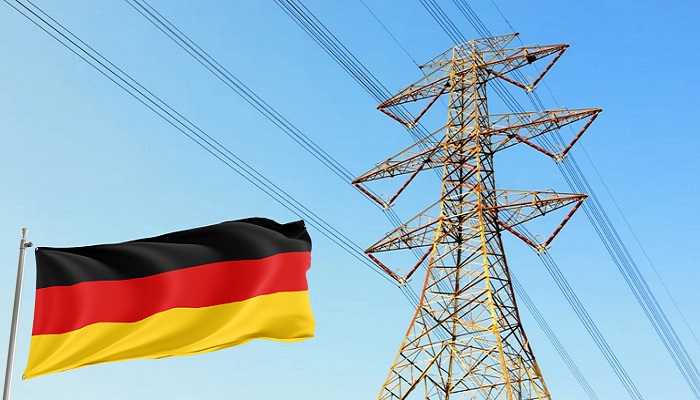The German Federal Network Agency aims to expand the country’s grid by 4,400km before the end of 2025. This comes as the distribution system operators (DSOs) have released their first estimates for future electricity generation, consumption, and grid connections. To support the energy transition, the transmission grid in Germany needs a massive expansion of 14,000km of high-voltage lines.
The Federal Network Agency manages 7,400km of the total grid and plans to approve upgrades for 4,000km of transmission lines by 2025. By June of this year, planning approval processes for 440km of high-voltage lines have been completed, with an additional 2,800km expected to be issued by the end of 2024, reaching a total of 4,400km by mid-2025.
To facilitate network consumption management, the country has been divided into six planning regions: Nord, Mitte, Ost, West, Bayern, and Südwest. Each region has one or, at most, two network operators. Regional scenarios have been developed based on the plans of the transmission system operators (TSOs), with the DSOs describing the probable development of electricity generation and consumption within their respective regions. These scenarios are updated every two years and form the basis for individual DSOs’ network expansion plans, which will be published by April 30, 2024, and updated every two years thereafter.
The German Association for Energy and water companies (BDEW) announced these developments alongside the Federal Network Agency’s grid expansion plans. BDEW expects a significant increase in renewable energies, with their share of the electricity supply rising from around 50% to 80% over the next seven years. Photovoltaic systems’ nationwide installed capacity is projected to triple from 55GW to over 164GW by 2028, reaching almost 453GW in 2045.
The increase in renewable capacity will require better coordination and upgrading of the grid. The Federal Network Agency anticipates a significant rise in accepted permits from mid-2024, particularly for projects like SuedLink, a 750km HVDC link that will provide 4GW of transmission capacity and is set to be commissioned in 2028.
Furthermore, the rapid increase in electric cars and heat pumps will necessitate connecting these new producers, consumers, and storage facilities to the electricity distribution grid and integrating them intelligently into the electricity system. This will require substantial investments and the digitization of distribution grids. The German government is also emphasizing the installation of smart electricity meters to support energy efficiency and alleviate strain on the grid during this energy transition.
The need for intelligent integration of electricity generation and consumption in the future energy system will become more flexible and complex. Smart meters and digitization of the energy transition are seen as crucial components of this transformation.





































